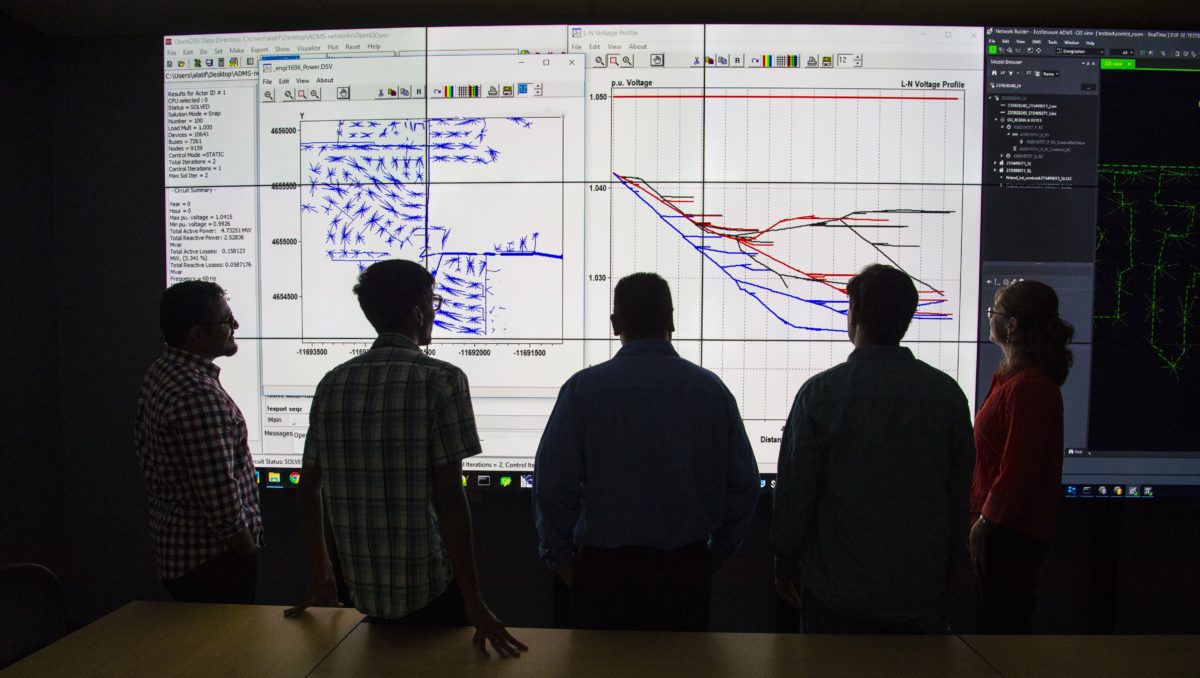A difficult challenge in the renewable energy sector is the ability of operators to reliably predict the amount of power generated.
A study by researchers at the University of Adelaide, Australia looked to quantify the effect of predictability on the profitability of renewable assets. It found that low predictability can reduce up to 10% of a solar facility’s revenue. The findings were published in Patterns.
Owners of solar and wind assets often sell their energy to the market ahead of time, before it is generated, however there are sizeable penalties for underperformance. Renewable plant operators bid conservatively, below their actual prediction, to dodge the imbalance penalties, which results in green and cheap energy spillage or curtailment. This can add up to millions of dollars in lost revenue each year.
Even in a real-time market where participants can bid only a few minutes to hours before every dispatch interval, prediction errors of renewable generation can lead to significant financial penalties.
“Peaks and troughs are the reality of this form of power generation, however using predictability of energy generation as part of the decision to locate a solar or wind farm means that we can minimize supply fluctuations and better plan for them,” said Sahand Karimi-Arpanahi, a PhD candidate at the university.
The data showed that optimal location for project siting changed when the predictability of generation was considered. Potential revenues at sites were increased when more predictable locations were selected. The researchers offered a case study in Australia as an example.
The predictability of solar energy generation is the lowest in South Australia (SA) each year from August to October while it is highest in New South Wales (NSW) during the same period, said the researchers. Four studied renewable plants in SA lost more than 20% of their energy market revenue in 2020 due to Frequency Control Ancillary Services (FCAS) charges related to the difference between the actual production level of renewable plants and their commitments.
In the event of interconnection between the two states, the more predictable power from NSW could be used to manage the higher uncertainties in the SA power grid during that time, making for a more profitable operation of renewable assets.

“The average predictability of renewable generation in each state can also inform power system operators and market participants in determining the time frame for the annual maintenance of their assets, ensuring the availability of enough reserve requirements when renewable resources have lower predictability,” said Dr. Pourmousavi Kani, a participant in the research.
As most conventional power plants are expected to retire in the next few years in Australia, the market rules have been changing to ensure reliable grid operation. Such changes mean that if renewable plants’ output is not predictable, they must hold sufficient additional capacity to respond to the unpredictable generation changes and meet their forecasts. While the U.S. trails Australia in terms of renewable energy generation share, the study shows the importance of including predictability in calculating the value of renewables increases as renewable market penetration grows.
This content is protected by copyright and may not be reused. If you want to cooperate with us and would like to reuse some of our content, please contact: editors@pv-magazine.com.









By submitting this form you agree to pv magazine using your data for the purposes of publishing your comment.
Your personal data will only be disclosed or otherwise transmitted to third parties for the purposes of spam filtering or if this is necessary for technical maintenance of the website. Any other transfer to third parties will not take place unless this is justified on the basis of applicable data protection regulations or if pv magazine is legally obliged to do so.
You may revoke this consent at any time with effect for the future, in which case your personal data will be deleted immediately. Otherwise, your data will be deleted if pv magazine has processed your request or the purpose of data storage is fulfilled.
Further information on data privacy can be found in our Data Protection Policy.